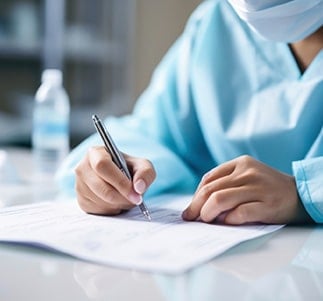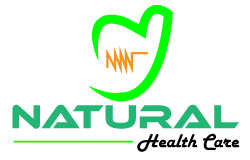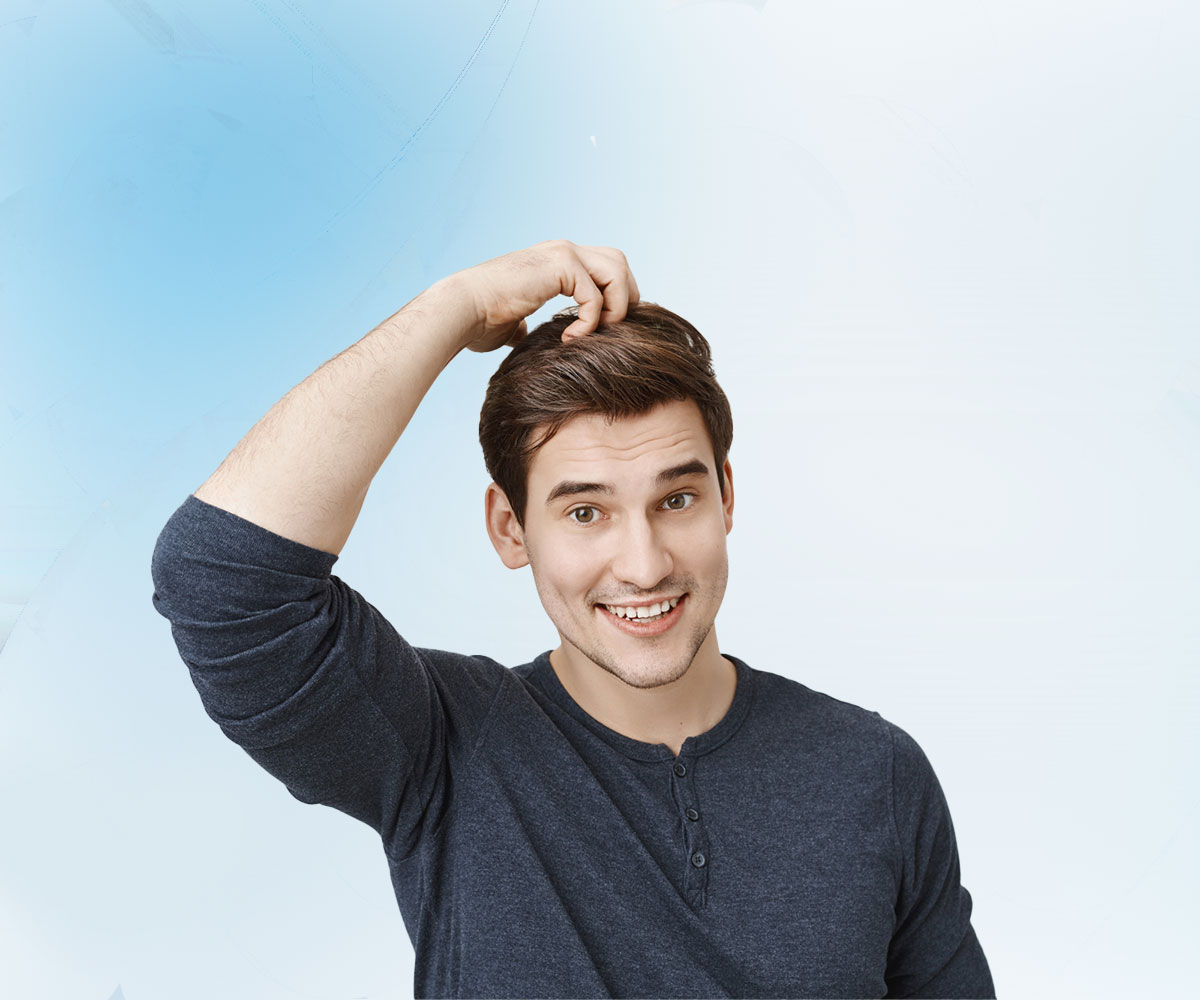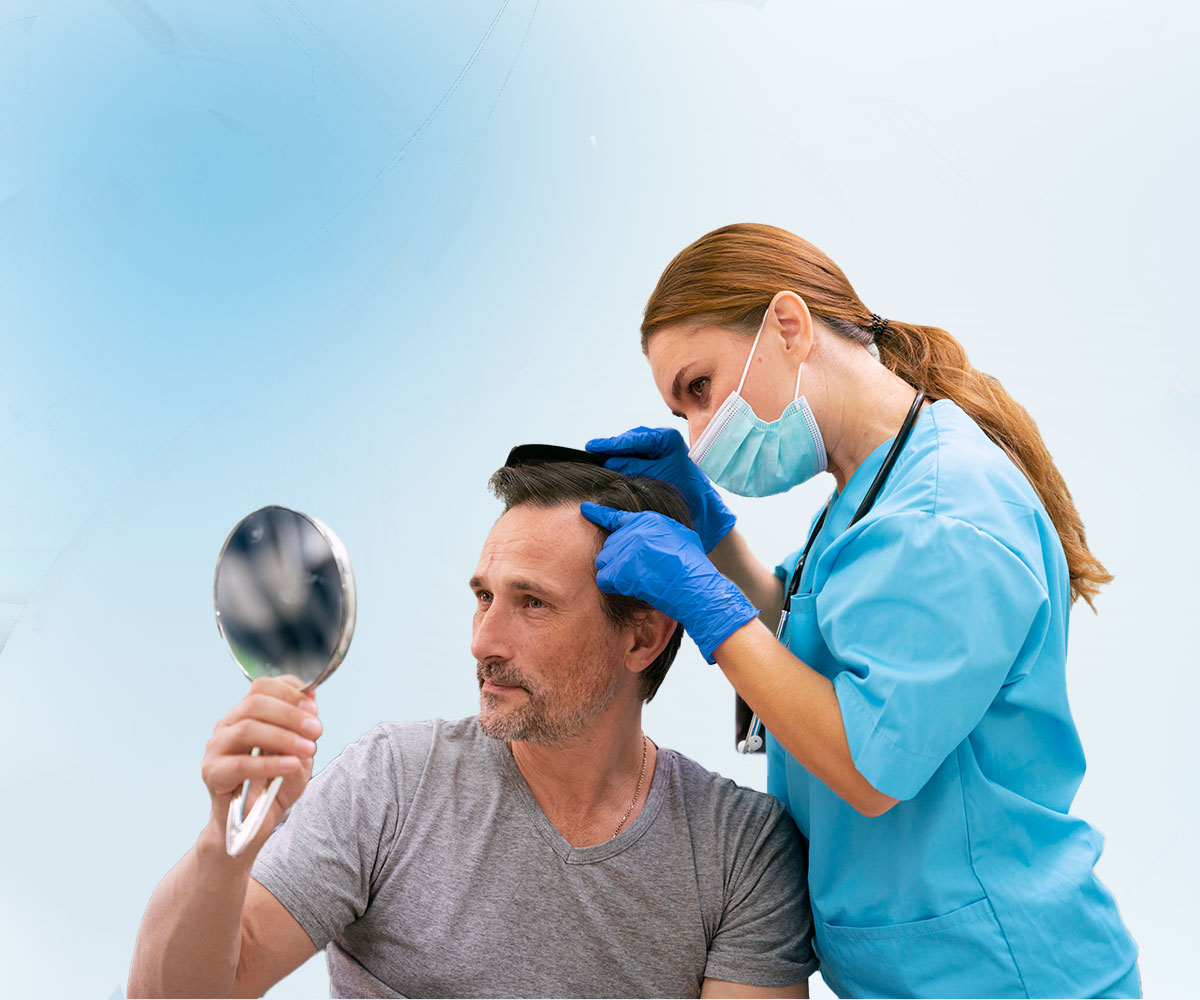Hair loss is an increasingly common condition experienced by millions globally, leading to both physical and emotional distress. Genetics, age, stress, or hormonal imbalances are the reasons behind the factor that makes it challenging to treat hair thinning and baldness with conventional methods. With that said, recent innovations such as Hair PRP (Platelet-Rich Plasma) Treatment have transformed hair restoration processes. As a safe, non-invasive and natural way to treat hair loss, LED is fast becoming one of the most popular options for those looking for solutions to hair loss ensuring patients will have another option to prevent hair loss on top of surgical methods such as hair transplants.
All You Need to Know About Hair PRP Treatment
Hair PRP treatment regenerates hair follicles by using a patient’s own blood. PRP is platelet rich plasma which is a concentration of platelets rich in the growth factors that promote the healing and reparation of the tissue. These growth factors penetrate into the hair follicles, stimulated and promote the output of more rich, thick hair.
Because of its effectiveness, minimally invasive, and natural ways of treating hair loss, PRP treatment is gaining popularity among those who are feeling a little hair down. This is primarily used to treat male and female pattern baldness (known as androgenic alopecia) and other forms of hair thinning.
How PRP Works for Hair Restoration
Platelets are a major component in the body’s repair process. They have growth factors that assist with tissue healing, encourage cell renewal, and help with the production of collagen. As for hair restoration, PRP functions by bringing concentrated growth factors to the hair follicles in the scalp.
It starts by taking a few drops of blood from a patient. The blood is spun in a centrifuge, separating the platelets and plasma from the rest of the blood. The platelet-rich plasma is then injected into regions of thinning hair on the scalp. These injections revitalize the follicles, increase blood flow and encourage new hair growth.
How Hair PRP Treatment Works
Hair PRP treatment procedure is simple and involves minimal invasion. It is usually done in a dermatologist’s office or a specialized hair restoration clinic. We have further explained the process below:
Step 1: Blood Collection: A small quantity of blood is taken by the doctor from the arm of the patient. The volume of blood that is taken is between 10 to 20 milliliters.
Centrifugation: The collected blood is then transferred into a centrifuge — a device that spins the blood at high speed to separate its components. This process separates out plasma, which is rich in platelets. Because of using a centrifuge process, plasma is ready for injections. This will have a high concentration of platelets, which have a lot of growth factors in order to stimulate hair growth.
Scalp Injection: PRP is injected into the scalp in areas where hair loss is greatest. The injections are usually given through a series of tiny, shallow injections over the scalp. Depending on the size of the treatment area, this process can take anywhere from 30 to 60 minutes.
Aftercare: After treatment, patients are generally permitted to immediately resume their usual activities. But it’s advisable not to wash at least for 24 hours after and to stay away from any activity that can make you sweat excessively or irritate your scalp.
25 Advantages of Hair PRP Treatment
Benefits of Hair PRP Treatment, Hair PRP treatment has several advantages which make it a popular choice among individuals seeking a non-surgical solution to hair loss. Here are some of the advantages you will gain:
Natural Therapy Using Own Blood : As PRP is extracted from patient’s own blood, chances of any allergic reactions or side effects are close to zero. The body recognizes its own blood, which makes the treatment safe and effective.
Low-Impact and Virtually Painless: Unlike hair transplants that require surgery with cuts and recovery time, Hair PRP treatment is a non-invasive procedure. There are no cuts or stitches, and recovery is minimal. The majority of patients may return to their normal routine soon after the procedure.
Encourages Hair Growth and Enhances Hair Quality: PRP contains growth factors that rejuvenate inactive hair follicles, resulting in new and healthier hair growth. PRP also promotes the health and quality of the existing hair, giving it more shine, stronger and thicker.
Works Well for Both Male and Female: However, hair PRP is effective for both genders going through hair loss. PRP can revitalize the hair regardless of whether the hair thinning is hereditary (androgenic alopecia), stress-related, hormonal, or due to other reasons.
Few Side Effects: Since PRP is derived from the patient’s own blood, there are very few or no complications or side effects associated with it. Other than just mild swelling, redness, or tenderness at the injection site for some patients, which usually goes away in hours or days.
Long-Lasting Results: Results are different for everyone, but many patients see visible hair growth improvements within three to six months after beginning treatment. The procedure can serve as an ongoing solution for hair restoration, with repeated PRP sessions helping to both maintain and enhance results.
Who is an Ideal Candidate for Hair PRP Therapy?
Although Hair PRP Treatment is a good choice for the majority of individuals, it is especially beneficial for people suffering in the early stages of hair loss. Most suitable candidates for PRP hair restoration include:
Men and women with androgenic alopecia: This is the most prevalent type of hair loss. PRP has been shown to be effective for stimulating hair follicles and improving hair density in individuals with pattern baldness.
People suffering from thinning of hair: PRP has proven extremely helpful in treating problems of hair thinning that are a result of hormonal changes, stress or other environmentally caused effects; people suffering from thinning of hair are likely to see their hair coming back and reduce the scalp volume.
Those with active hair follicles: Because PRP works to rejuvenate dormant hair follicles, candidates who have some active follicles typically hold the best results. It is not so effective on extensive baldness or total destruction of the hair follicle.
Non-surgical seeking solution: People that do not want to have hair transplant or are reluctant to go for any surgical solution can have Hair PRP treatment as it is an ideal solution. Nonetheless, PRP is not appropriate for every individual, and it is crucial to consult with a knowledgeable doctor or hair restoration expert to figure out whether you are an ideal candidate for the therapy.
How Long is the Hair PRP Treatment?
How Many Sessions do you Need?
Results and Effectiveness


Benefits of Natural Hair PRP Treatment

Make Appointment

Select Doctor

Get Consultation




